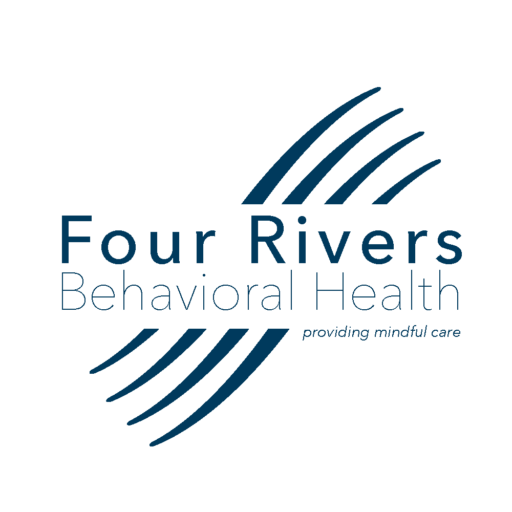Hallucinations are perception-like experiences that occur without an external stimulus. They are vivid and clear, with the full force and impact of normal perceptions, and not under voluntary control. They may occur in any sensory modality, but auditory hallucinations are the most common in schizophrenia and related disorders. Auditory hallucinations are usually experienced as voices, whether familiar or unfamiliar, that are perceived as distinct from the individual’s own thoughts. The hallucinations must occur in the context of a clear sensorium; those that occur while falling asleep (hypnagogic) or waking up (hypnopompic) are considered to be within the range of normal experience. Hallucinations may be a normal part of religious experience in certain cultural contexts.
Grossly Disorganized or Abnormal Motor Behavior (Including Catatonia)
Disorganized thinking (formal thought disorder) is typically inferred from the individual’s speech. The individual may switch from one topic to another (derailment or loose associations). Answers to questions may be obliquely related or completely unrelated (tangentiality). Rarely, speech may be so severely disorganized that it is nearly incomprehensible and resembles receptive aphasia in its linguistic disorganization (incoherence or “word salad”). Because mildly disorganized speech is common and nonspecific, the symptom must be severe enough to substantially impair effective communication. The severity of the impairment may be difficult to evaluate if the person making the diagnosis comes from a different linguistic background than that of the person being examined. Less severe disorganized thinking or speech may occur during the prodromal and residual periods of schizophrenia.
Grossly Disorganized or Abnormal Motor Behavior (Including Catatonia)
Grossly disorganized or abnormal motor behavior may manifest itself in a variety of ways, ranging from childlike “silliness” to unpredictable agitation. Problems may be noted in any form of goal-directed behavior, leading to difficulties in performing activities of daily living.
Catatonic behavior is a marked decrease in reactivity to the environment. This ranges from resistance to instructions (negativism); to maintain a rigid, inappropriate or bizarre posture; to a complete lack of verbal and motor responses (mutism and stupor). It can also include purposeless and excessive motor activity without an obvious cause (catatonic excitement). Other features are repeated stereotyped movements, staring, grimacing, mutism, and the echoing of speech. Although catatonia has historically been associated with schizophrenia, catatonic symptoms are nonspecific and may occur in other mental disorders (e.g., bipolar or depressive disorders with catatonia) and in medical conditions (catatonic disorder due to another medical condition). https://dsm.psychiatryonline.org


